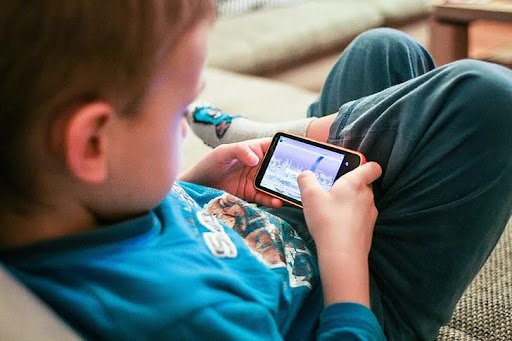Today’s kids are exposed to the online world from a tender age. And that’s why teaching them about cyber safety before their first phone matters more than ever.
There is something unforgettable about a child’s first phone. The excitement. The sense of independence. The endless scroll. But what most parents miss is that handing a smartphone to a child is like opening the door to a world they barely understand. Today’s generation of kids is growing up faster than we did. They are tech-savvy, bold, and curious. But this also means they are more exposed and often unaware of what dangers might be hiding behind those screens. Cyberbullying, online predators, scams, and addictive content do not wait for kids to grow up. They target them where they are on games, apps, and chats. The scariest part is that kids often do not realize when they are being manipulated or put at risk. At our tech startup, we are building tools that help families stay safe online. But no technology can replace a good conversation. That is why we believe the first step to digital freedom should be cyber safety education, even before the first smartphone is handed over.
Gone are the days when parenting just meant setting TV limits. Today, it is about guiding kids through digital streets where not everyone has good intentions. Teaching cyber safety to kids may sound like a big task, but it does not have to be.
Start with open conversations. Ask them what they think the internet is. What do they use it for? What have they seen so far? Let them speak freely. You will get a better sense of what they know and what they do not.
Once that door is open, here are a few basic but powerful cyber safety rules to teach them:
These lessons should be repeated often, not as lectures, but as check-ins. They are still learning with life, and using the phone is one of its elements. Let your child know that their phone is not a secret, it is a shared responsibility.

Many parents wait until after giving the phone to talk about the rules. But by then, kids might already be forming habits both good and bad. Here is why cyber safety needs to come first:
Remember, you are not just giving them a device. You are giving them access to a global platform. The least we can do is teach them how to walk safely through it.
Smartphones are powerful. They connect us, educate us, and entertain us. But for children, they also open doors that are hard to close once something goes wrong. Before handing over that first device, take time to lay the foundation. Talk. Teach. Listen. Let your child know that the digital world, just like the real one, comes with its own set of risks and rules.
At our tech startup, we are committed to building tools that help families navigate technology better. But the most effective safety tool will always be awareness, taught at the right time, in the right way. Because raising responsible digital citizens starts not when they hold a phone, but when they learn how to hold their ground.
Stay informed. Stay safe. And let us raise a smarter, safer generation, together.

References:
https://bestcybersecuritynews.com/should-kids-learn-about-cyber-security-why-its-important/
https://brittanywashburn.com/2023/07/how-to-teach-elementary-students-about-cyber-security/
https://globalcybersecuritynetwork.com/blog/cybersecurity-for-kids-digital-safety-education/
https://www.internetmatters.org/advice/6-10/